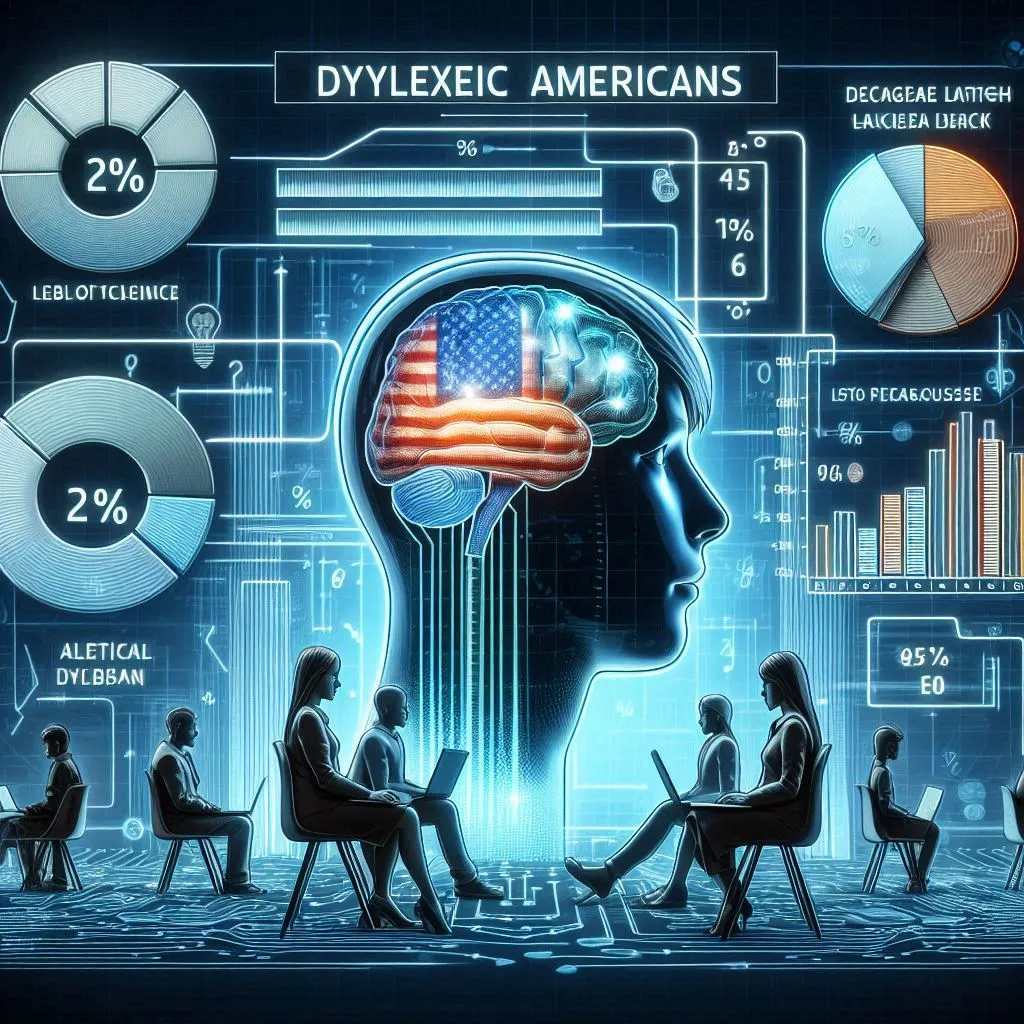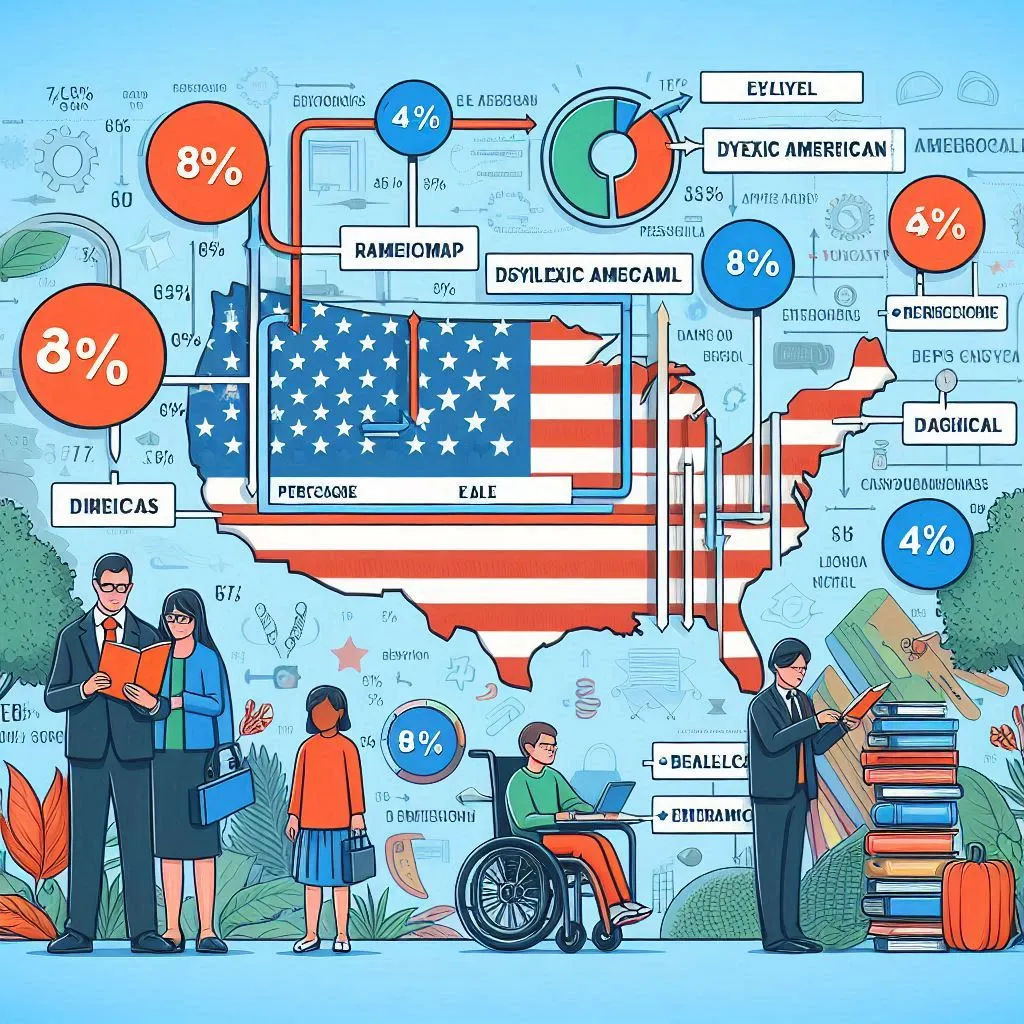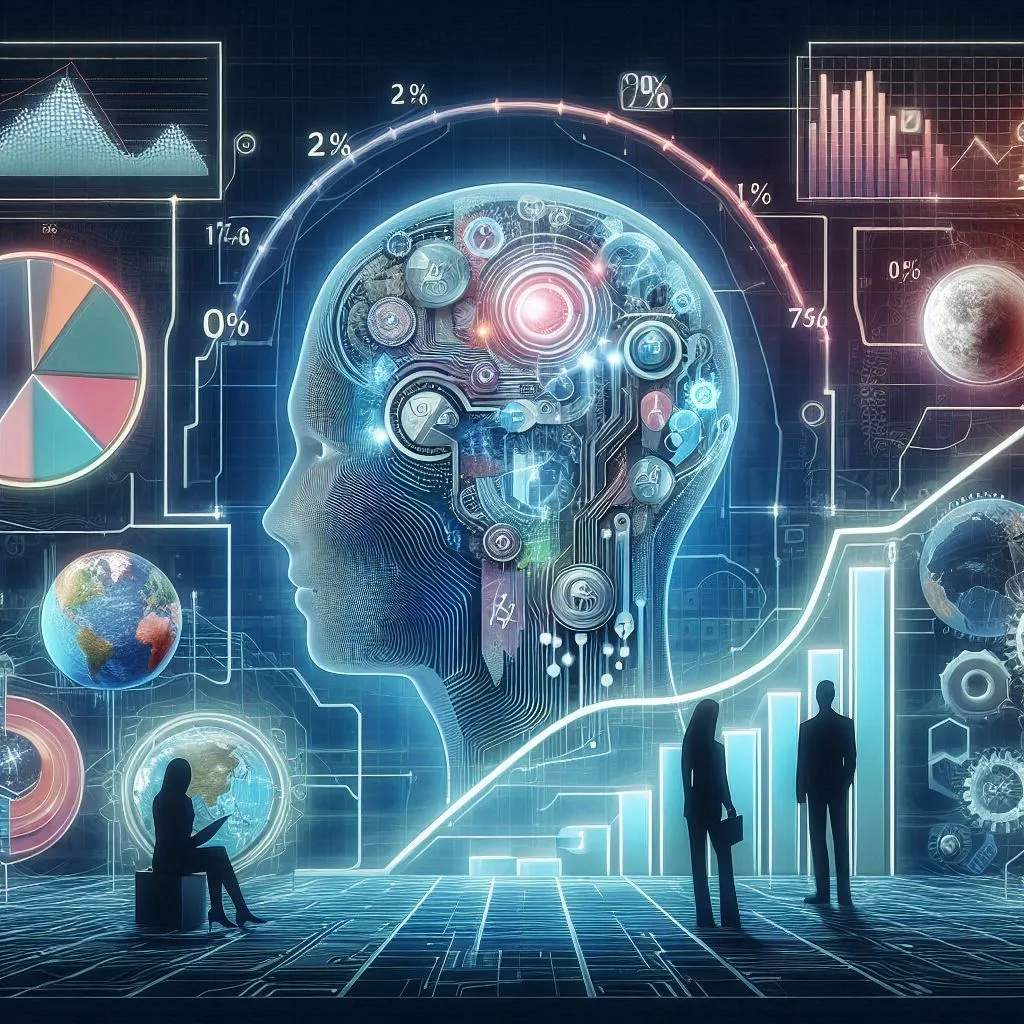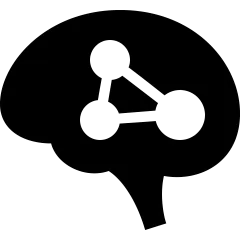Attention🛎️ Entrepreneurs with ADHD and Dyslexia!👂
Your unique brain is your biggest business asset. Allow me to illustrate.
H
E
L
P
IN
My journey from the beginning I was never formally diagnosed with dyslexia.
however in the 7th grade I was placed into L.D. class and was diagnosed with a learning disability
I never really knew what it was as they never told me, and I didn't comprehend it. They just said, 'You will no longer be in regular Junior high classes. Instead, you're going to this unique class where you do all your subjects in one room with one teacher for the whole day".
Young adults aged 18-24 are the most likely to report significant difficulties with concentration, memory, or decision-making, which are common indicators of learning disabilities.
1 in 4 adults👨🦳
About
28.7%) in the U.S. report having some type of disability, including learning disabilities.•
Over 40 million adults in the U.S. have dyslexia, but only around 2 million have been formally diagnosed.
Reading the statistics above, it’s clear that many people, including myself, often slip through the cracks. I always felt like I had to put in extra effort to understand spelling and phonics. I never really got the hang of proper phonics, so I turned to word association reading. While it’s a real technique, it’s quite challenging and can be tough on your memory since you have to memorize each word and its pronunciation. This approach wasn’t sustainable in the long run, and I knew I needed to find a better solution. So, as a young adult, after dropping out of high school in my freshman year.
I decided to seek out government and other organizations to help me with my dyslexia, and ADHD. Growing up in a metropolitan I was fortunate to find several nonprofit organizations willing to assist.
To read my full story, visit the🫵“About Me”🫤 page, where I share my struggles and triumphs living with dyslexia and ADHD.
Let's talk about learning disabilities and dyslexia. Are they the same thing? Learning disabilities and dyslexia are not the same thing, though dyslexia is one type of learning disability. Here is how they differ.

Definition: A learning disability is a broad term that refers to a variety of disorders that affect how a person processes, retains, or expresses information. These disabilities can affect different areas such as reading, writing, math, listening, and speaking. Examples of (LD) 🤔
🧐Dyslexia: Affects reading and language-based processing.
🧐Dysgraphia: Affects writing abilities, such as handwriting, spelling, and organizing ideas on paper.
🧐Dyscalculia: Affects mathematical skills and number-related concepts.
🧐Auditory Processing Disorder (APD): Affects how the brain processes spoken language.
🧐Nonverbal Learning Disability (NLD):
Affects visual-spatial skills, social skills, and motor coordination.

Causes: Learning disabilities are generally neurological in nature, meaning they are related to how the brain processes information. However, the term ‘learning disabilities’ is often used as a blanket term by professionals or scholars in academic settings.”
Dyslexia: is a specific learning disability that primarily affects reading, spelling, and language-based processing. People with dyslexia often have difficulty with phonological awareness (the ability to recognize and work with sounds in language), word recognition, and decoding (the ability to apply letter-sound knowledge to read).

Symptoms: Common signs of dyslexia include difficulty reading, poor spelling, slow reading speed, trouble with word recognition, and problems decoding words. These issues persist despite normal intelligence and adequate education.
Scope: Dyslexia specifically impacts reading and language skills, but it does not encompass other areas of learning like math or writing (unless associated with another learning disability.
The Main Difference🫂
Learning disabilities is a general term that includes a wide range of difficulties in learning, whereas dyslexia specifically refers to challenges in reading and language processing.
A person with a learning disability may have dyslexia, but they could also have other types of learning disabilities that affect different areas (e.g., math, writing, visual, and motor skills,

🫂
Dyslexia is a type of learning disability, but not all learning disabilities are dyslexia. If you would like to know more about my journey you can check out my about me page where I explain My situation in detail from childhood to adult.


Between 5% and 15% of Americans, which is about 14.5 to 43.5 million people, are affected by Dyslexia.
Globally, it’s estimated that 5% to 10% of the population has some form of dyslexia.
This means that approximately 700 million people worldwide are living with dyslexia..
🫂
Learning Disabilities in the United States
Around 20% of the U.S. population, or about 65.6 million people, have learning and attention issues.
More than 1 in 4 adults (about 28.7%) in the U.S. report having some type of disability, which includes learning disabilities.🤦♀️🤦♂️
Globally, about 16% of the population, or roughly 1.3 billion people, experience significant disabilities, including learning disabilities

Am I dyslexic?” Many adults find themselves asking this question after years of unexplained reading difficulties, leading to academic, professional, and personal challenges.
🆓 Free Screener for Adults !🆓

FAQ🤔
Frequently Asked Questions
🤦♀️We understand !
What Resources Are Available for Individuals with DysleParagraphxia and Learning Disabilities?
National Center for Learning Disabilities (NCLD) Offers a wide range of resources for parents, educators, and individuals with learning disabilities.
How Can Adults Manage Dyslexia in the Workplace?
Learning disabilities cannot be cured, but they can be effectively managed and mitigated. Through proper training and recognizing your uniqueness don't let the stigma hinder you embrace your uniqueness and creativity.
How Can Technology Help Individuals with Learning Disabilities?
Technology has become a godsend in 2024 for individuals looking to compete fairly in the world with today's tools and special understandings of your strengths and weaknesses can guide you to understanding your strong points and build on them.
What Legal Rights Do Individuals with Learning Disabilities Have?
Americans with Disabilities Act (ADA) The ADA prohibits discrimination against individuals with disabilities in various areas, including employment, public accommodations, transportation, and telecommunications. Employers with 15 or more employees must provide reasonable accommodations to qualified individuals with disabilities.
IDEA ensures that children with disabilities receive a free appropriate public education (FAPE) in the least restrictive environment. It mandates that public schools create an Individualized Education Program (IEP) tailored to the student’s unique needs.
What Legal Rights Do Individuals with Learning Disabilities Have?
Americans with Disabilities Act (ADA) The ADA prohibits discrimination against individuals with disabilities in various areas, including employment, public accommodations, transportation, and telecommunications. Employers with 15 or more employees must provide reasonable accommodations to qualified individuals with disabilities.
IDEA ensures that children with disabilities receive a free appropriate public education (FAPE) in the least restrictive environment. It mandates that public schools create an Individualized Education Program (IEP) tailored to the student’s unique needs.
Section 504, and the ADA
Section 504 prohibits discrimination based on disability in programs and activities that receive federal financial assistance.
helpinyou.com 2024
